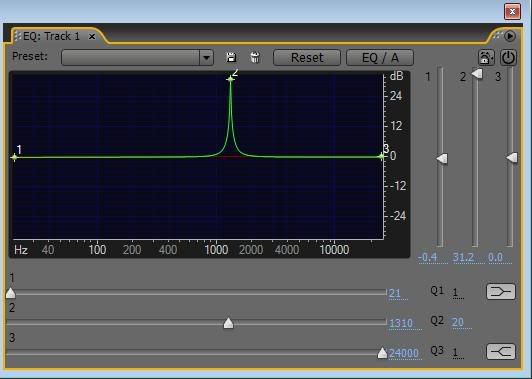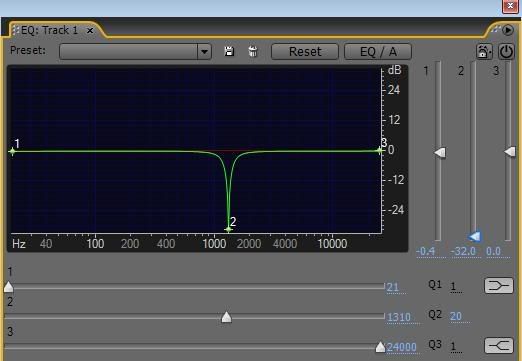B
bohunk06
New member
I am getting a lot of ring out of my snare and it is definitely picking up on my recordings. This is somewhat of a new problem... I have been recording for years and don't remember this in the past. So I have no idea what I am doing now that is causing it. I read somewhere that tuning a bottom head higher than the top will give a lot of ring. I have my top and bottom tuned to the same pitch. Should I loosen the bottom skin?
Another problem I am having that might be related is the "bounce" off the top head. Not sure what else to call it. But when I do drum rolls on the snare, the stick isn't getting a lot of bounce back making it very difficult. I also don't remember it being this way when I got the kit. Could the set just be old and wearing out? Its about a 10-12 year old Tama set with the aluminum (metal) snare. I have an Evens Reverse Dot Coated head on the top and an Evans G1 on the bottom. Both heads are relatively new. Any suggestions?
Another problem I am having that might be related is the "bounce" off the top head. Not sure what else to call it. But when I do drum rolls on the snare, the stick isn't getting a lot of bounce back making it very difficult. I also don't remember it being this way when I got the kit. Could the set just be old and wearing out? Its about a 10-12 year old Tama set with the aluminum (metal) snare. I have an Evens Reverse Dot Coated head on the top and an Evans G1 on the bottom. Both heads are relatively new. Any suggestions?




